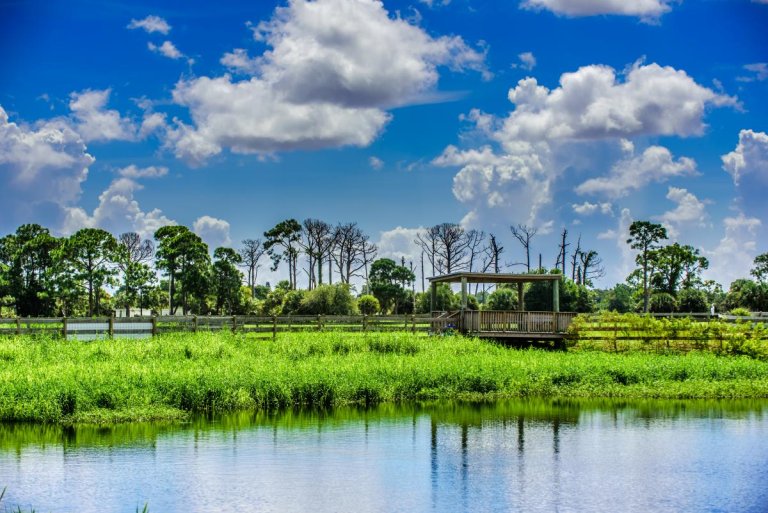
Classic Palm Beaches Fun: Florida Favorites for Your Next Vacation
Classic Palm Beaches Fun: Florida Favorites for Your…

To commemorate Veterans Day, learn about the area’s fascinating military connections and history.
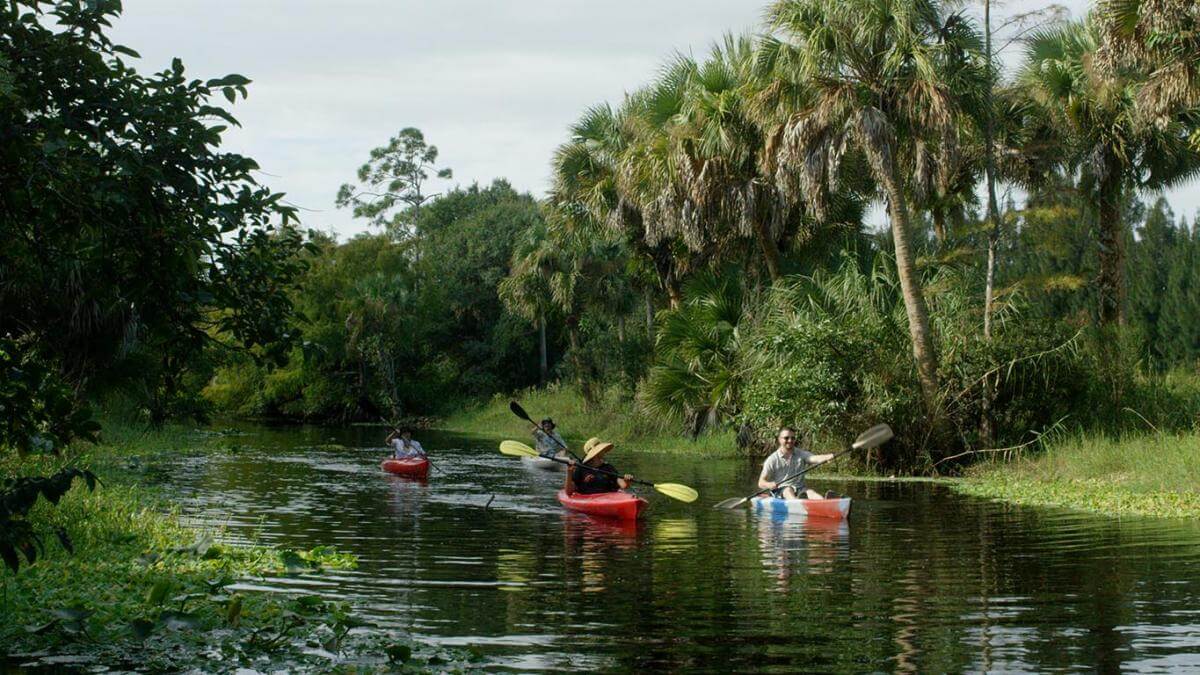
Following the two battles, Fort Jupiter was established as a U.S. Army fort on Pennock Point. Believed to be the first permanent non-Native American settlement in the area, it was used through the duration of the Second Seminole War and again during the Third Seminole War, which ended in 1858.
Designed by Army engineer Lt. George G. Meade, Jupiter Inlet Lighthouse was commissioned in 1853 and built within the Jupiter Military Reservation, also the site of a new Fort Jupiter. Once construction was complete, civilian residents took over its care beginning in 1860, but it was disabled throughout the Civil War and later relighted in 1866.
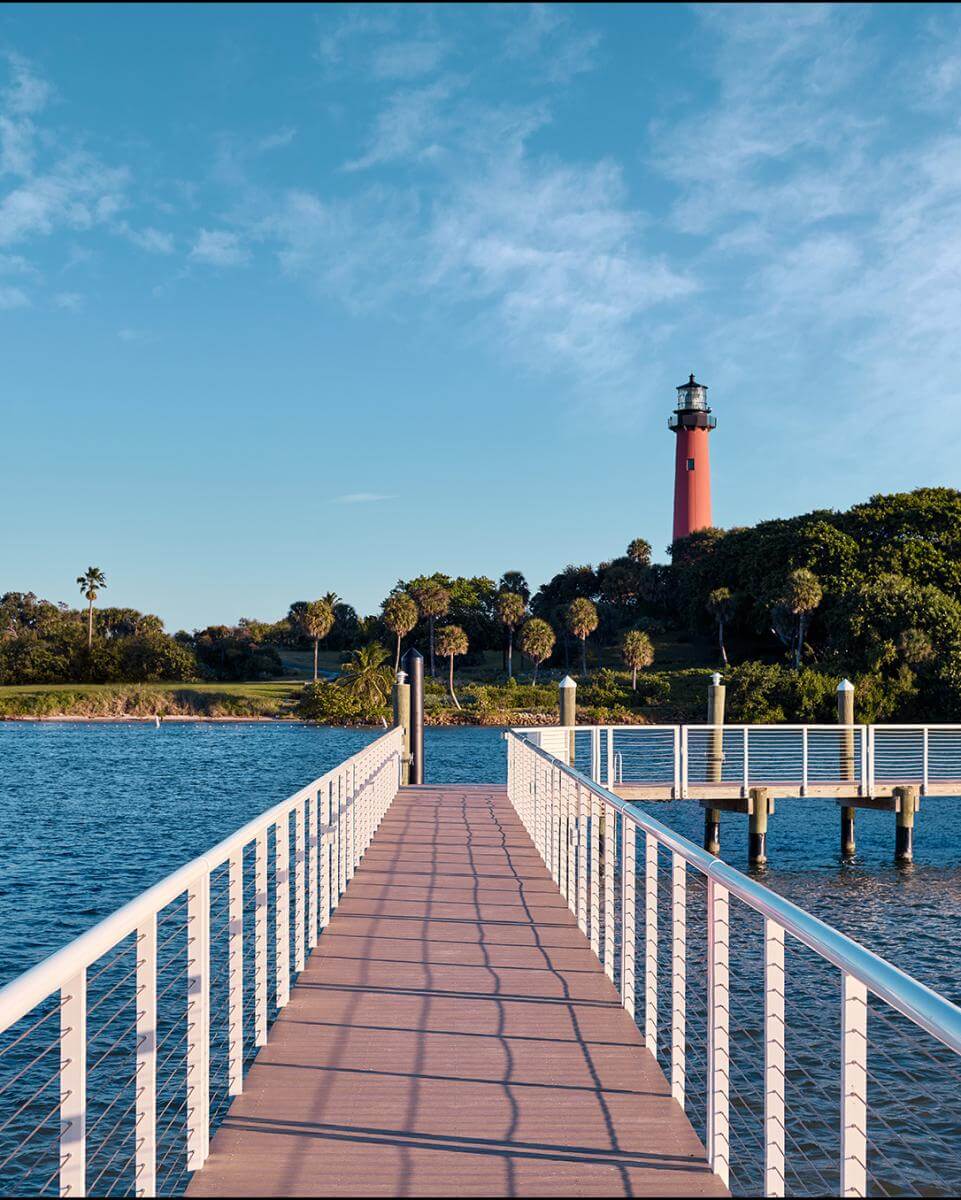
In 1890, the U.S. Navy first established a presence at Jupiter Inlet with a U.S. Naval Wireless Telegraph Station, on what was then Fort Jupiter Reservation. It was part of a chain of coastal stations.
The navy later acquired land at Jupiter Inlet Lighthouse in 1929 to establish a Radio Compass Station, which monitored distress signals as well as naval ship and aircraft frequencies, broadcasted weather information and served as a navigational aid.
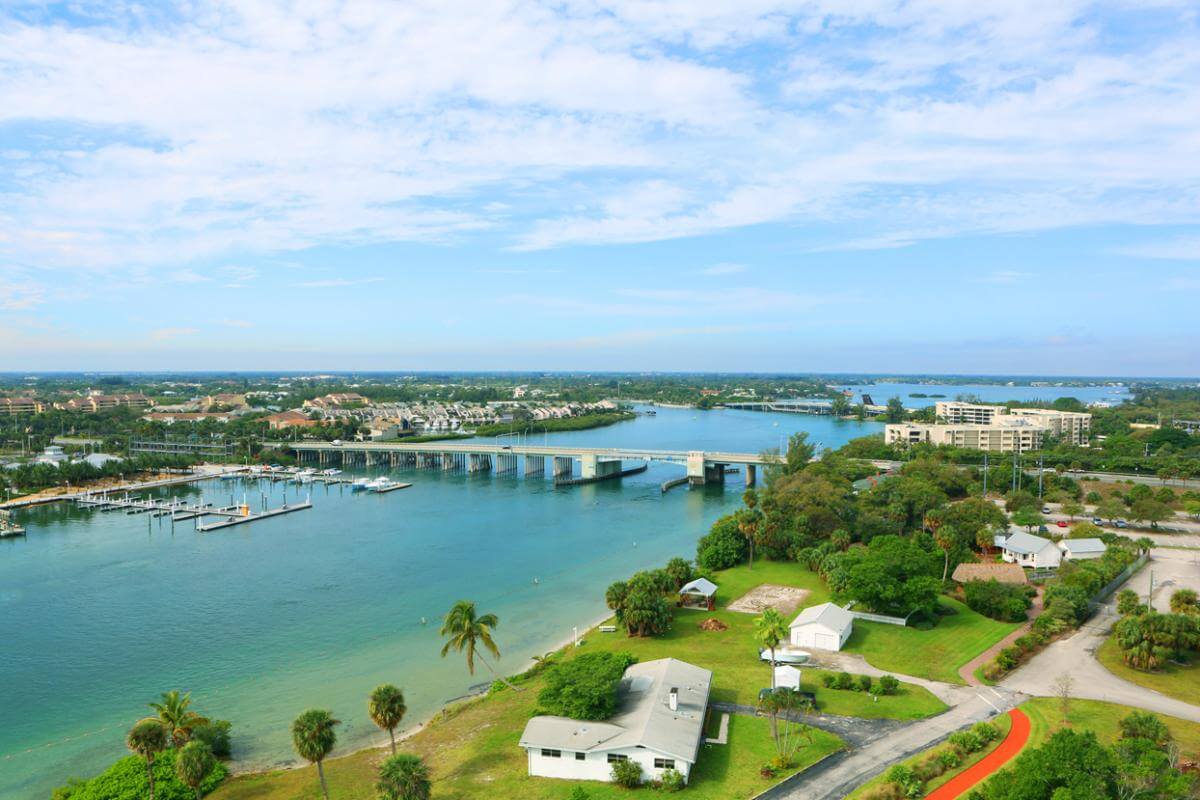
The secret operation grew throughout the war and numerous buildings were constructed at the site, including barracks, a mess hall, garage and workshop, recreation hall and the married quarters — which, after being restored, now houses the present-day Loxahatchee River Historical Society for its offices and the Jupiter Inlet Lighthouse Museum.
The U.S. Coast Guard took control of all lighthouses during the war, including the Juniper Inlet Lighthouse. They carefully kept watch over the waters and skies from observation towers positioned along the coast in locations like the Lake Worth Casino.
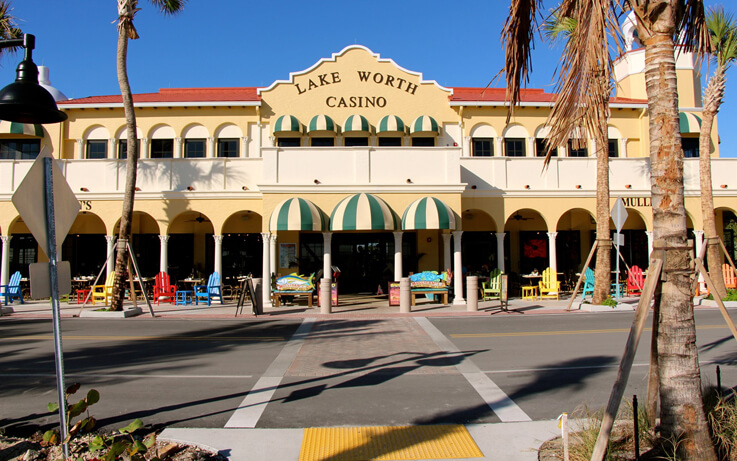
They also put the Gulf Stream Club, an exclusive country club located between Delray Beach and Boynton Beach, to use. More than 200 beach watchers lived in barracks and patrolled the beaches on horseback.
More than 45,000 pilots trained at or flew out of Morrison Field, including to the D-Day invasion of Normandy, France. Some groups flew to India and on to China, making stops in Puerto Rico, Brazil, Liberia and northern Africa, among others. Up to 250 women also served at Morrison Field as part of the Women’s Army Corps.
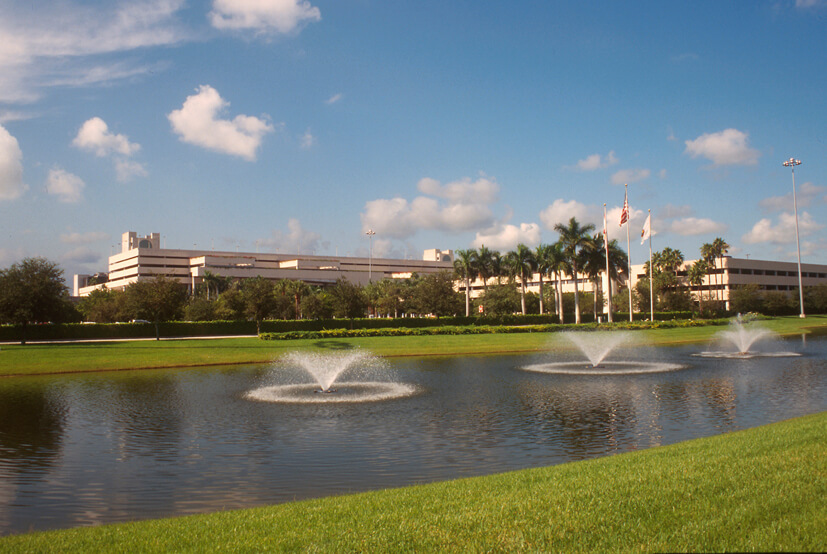
The Army Air Force also established the 1st Air Weather Group at Morrison in 1946, with the purpose of administering, training, equipping and organizing four weather reconnaissance squadrons assigned to the Air Weather Service. With photographers and a public relations officer on board, the 55th Squadron flew a B-29 over a hurricane for the first time in October 1946.
Utilizing a small existing airport, the Army Air Corps built the Boca Raton Army Air Field in October 1942. In addition to constructing more than 800 buildings and four runways, the Air Corps also opened its Radio School No. 2 to provide radar training onsite. Future astronaut Gus Grissom, the Enola Gay crew and some of the Tuskegee Airmen all received instruction there. These days, the property is home to the Boca Raton Airport and Florida Atlantic University.
There were several civilian defense forces active in The Palm Beaches during WWII, including the national Civil Air Patrol. Coastal Patrol Base 3 was originally established at Morrison Field, but moved to the newly opened Lantana Airport. They carried out experiments that were recognized as an effective defense system for the entire East Coast and Gulf of Mexico, as well as missions like target towing for the Signal Corps. The site is now the Palm Beach Park Airport.
Officers and nurses used the oceanfront cottages as barracks, the mezzanine became operating rooms, the Cocoanut Grove room was converted into a dental clinic and the ballroom became a recreation hall. First Lady Eleanor Roosevelt and then-Senator Harry Truman even came to Palm Beach to visit patients there.
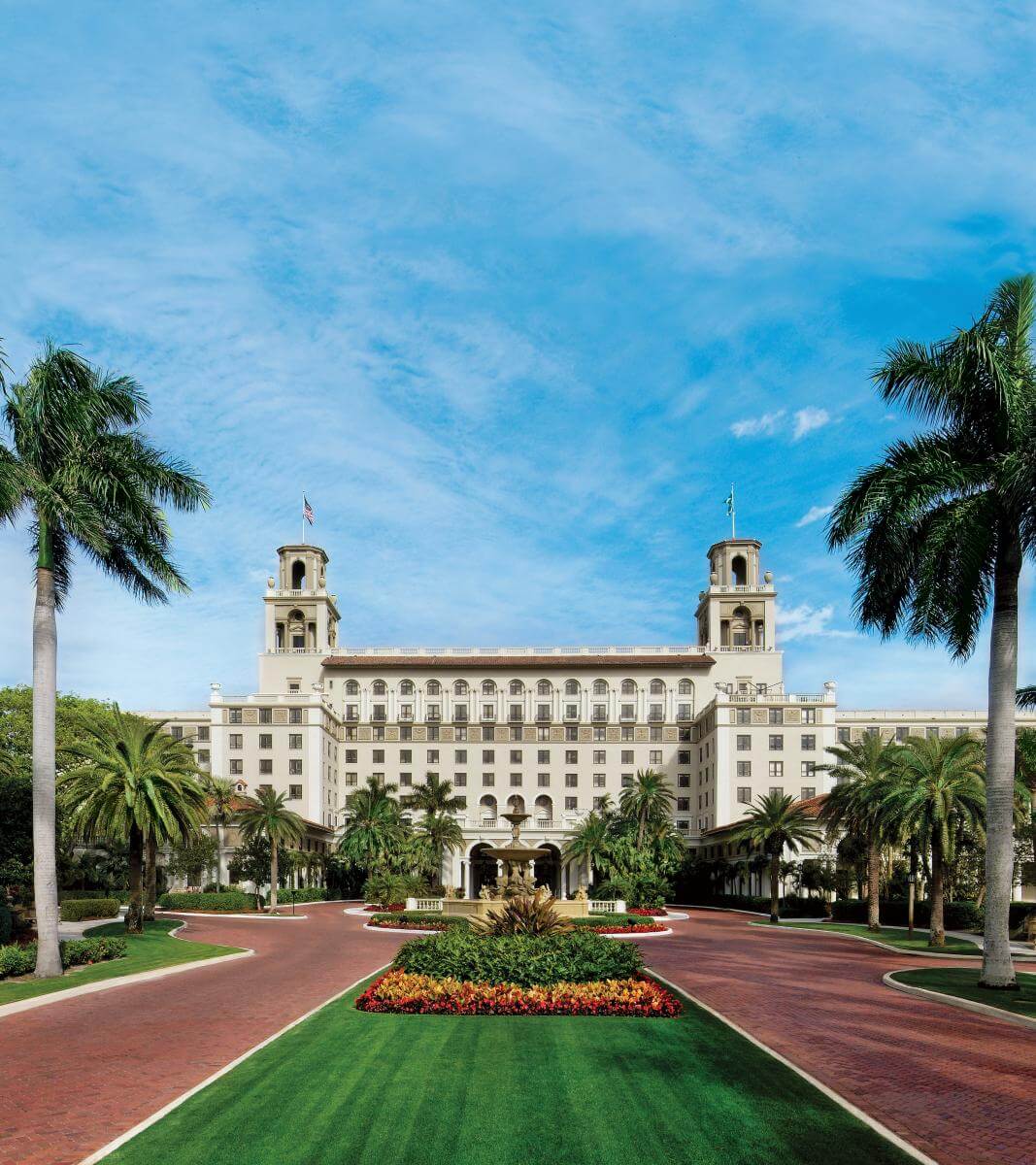
In June 1943, the former Palm Beach Biltmore Hotel began use as the first dedicated school for the Coast Guard Women’s Reserve. An initial six-week boot camp incorporated physical training and classes in organization, personnel, ships and aircrafts. More than 7,000 women went through the training.
The Biltmore transformed once again in mid-1945, when it became a U.S. Naval Special Hospital until the end of the war. It could accommodate 1,400 soldiers recovering from ailments such as rheumatic fever or exposure-induced arthritis.
Designed by famed architect Addison Mizner, the oceanfront Boca Raton Hotel and Club was taken over by the Air Corps to house trainees and officers from the nearby radar training school. But the luxurious trappings were replaced by standard army bunks and the pool was boarded over.
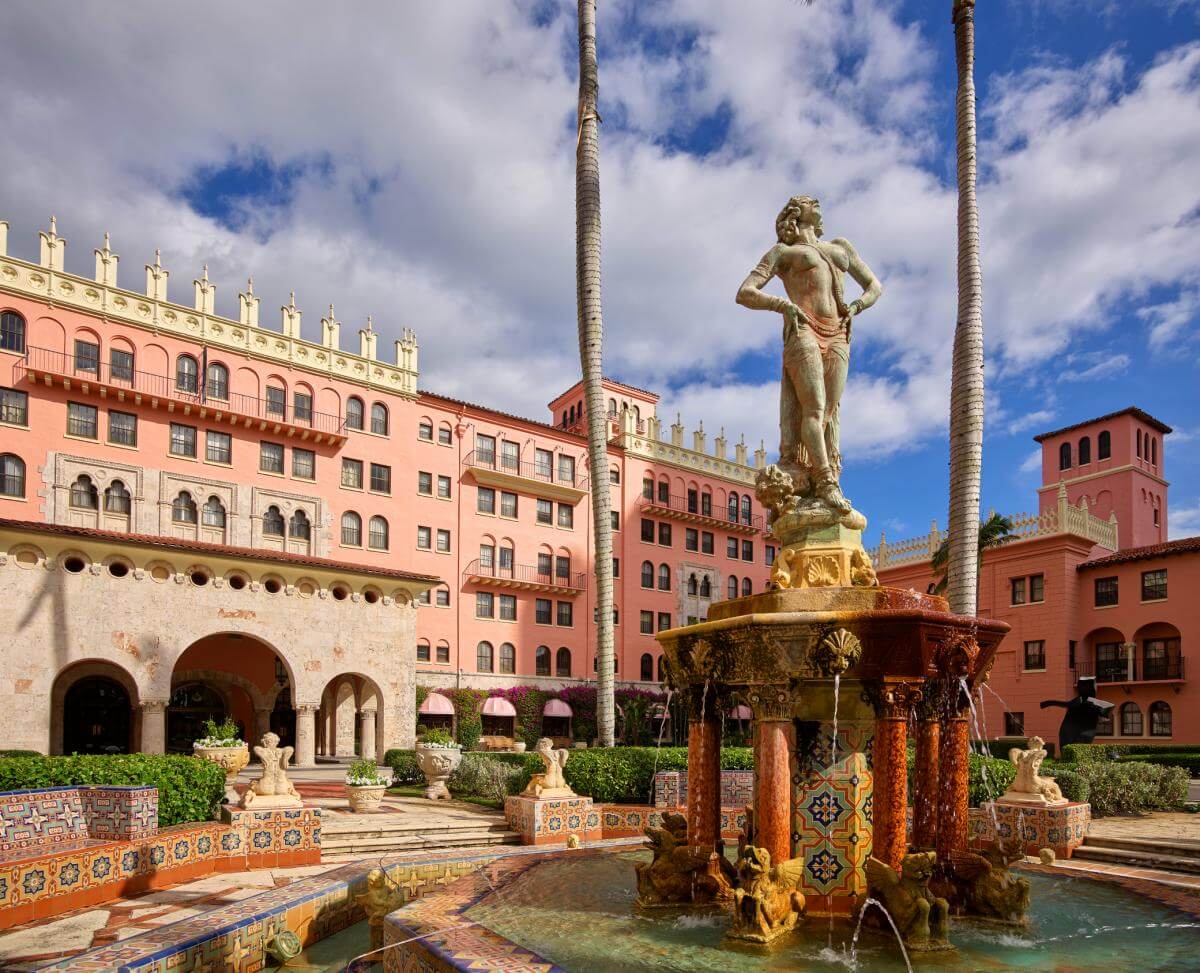
From 1951 to 1953, Palm Beach International Airport served as Morrison Air Force Base, where nearly 23,000 airmen trained. The federal government wanted to make it a permanent military base after the war, but Palm Beach County took over airport operations in 1959.
The U.S. Air Force established Air Force Beach in 1951 as an integrated beach for its airmen. Located at the northern end of Singer Island, it’s now part of John D. MacArthur Beach State Park, the only state park in Palm Beach County.
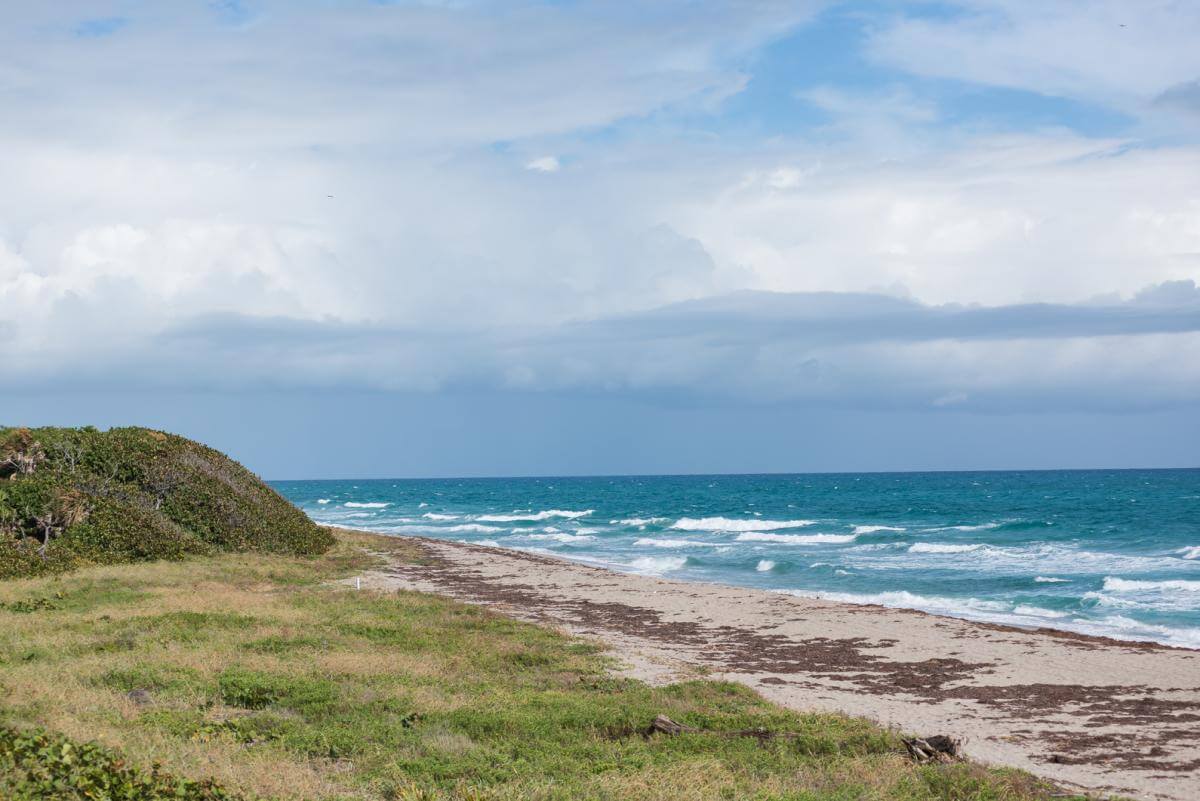
From 1950 to 1954, the Air Force operated Jupiter Auxiliary Air Force Base, with the Army handling supplies and maintenance. It was the first missile tracking station south of Cape Canaveral and monitored launches.
The Boca Raton Army Air Field shut down after WWII, except for 838 acres known as Boca Raton Air Force Auxiliary Field — a backup operation for Morrison Field. During the Cold War with the Soviet Union, another 85 acres to the north were used for top-secret military activities from 1952 to 1957.
The Lake Worth Inlet Coast Guard Station on Peanut Island was a base for coastal patrols and rescue missions during WWII. But it’s also the site of an underground fallout shelter that was built for President John F. Kennedy, who had a family home in Palm Beach known as the “winter White House.” The shelter was secretly constructed by the Navy during the lead up to the 1962 Cuban Missile Crisis.
Though currently closed to the public, there are plans for Palm Beach County to maintain the site as a historical resource in the future.
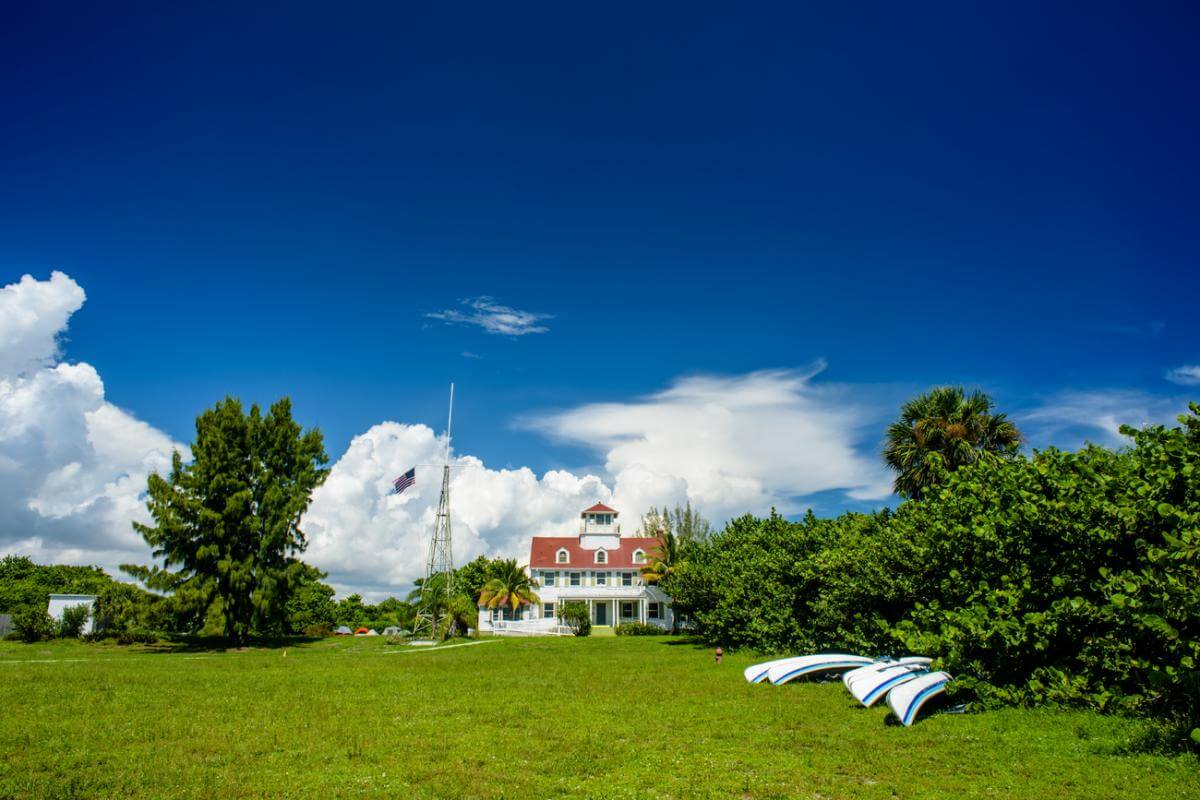

Classic Palm Beaches Fun: Florida Favorites for Your…
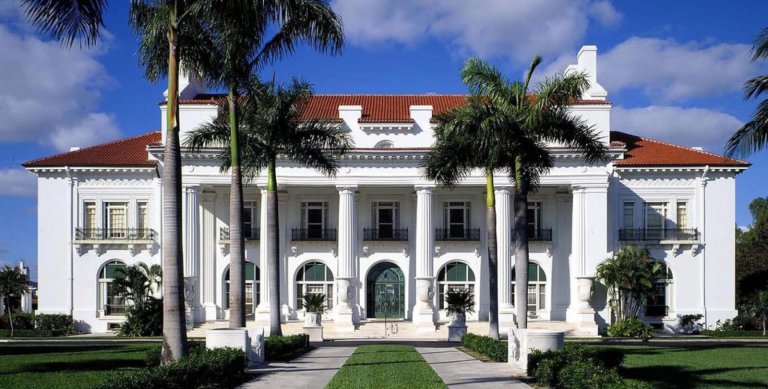
Historical Sites & Landmarks You might think history…

Live your Florida's love story at these venues filled…
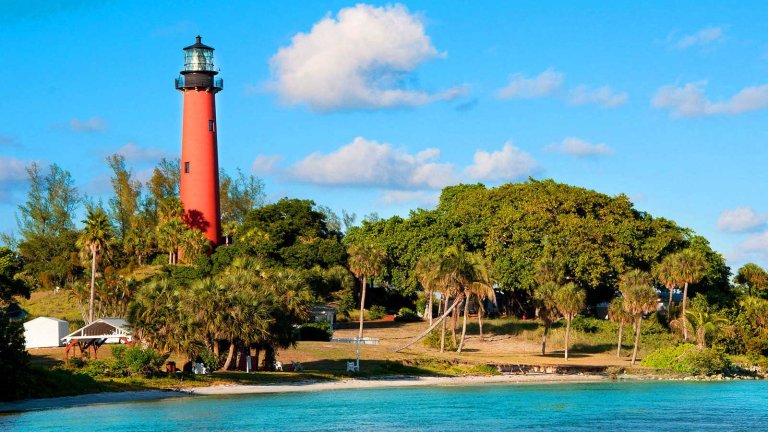
Native Americans: The First People of The Palm Beaches…
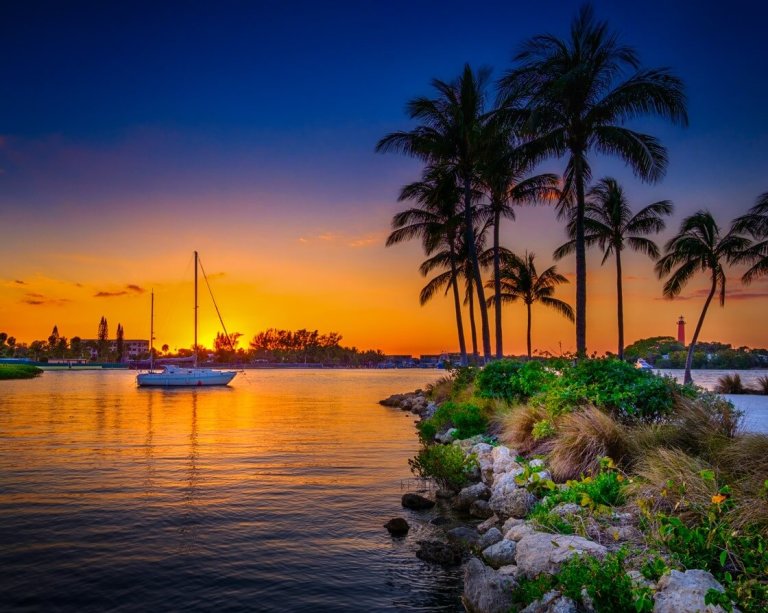
10 Things to Do in Jupiter Start exploring Jupiter,…
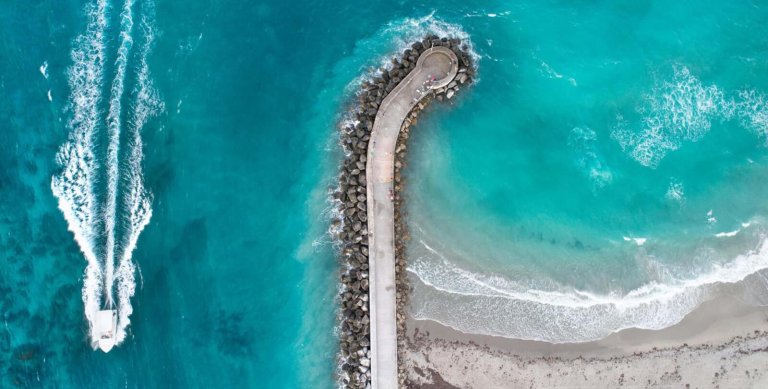
Jupiter An eco-minded playground of natural delights…
Browse lodging options in the one, the only, the Palm Beaches and discover America's First Resort Destination in sunny South Florida.